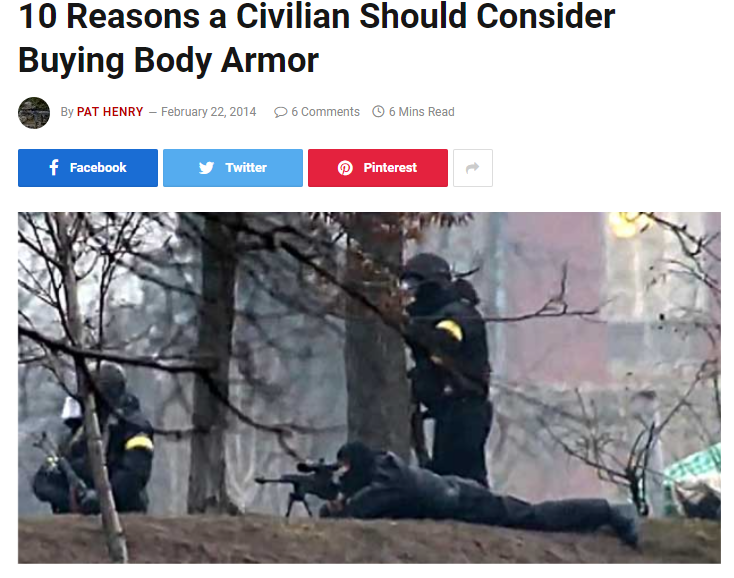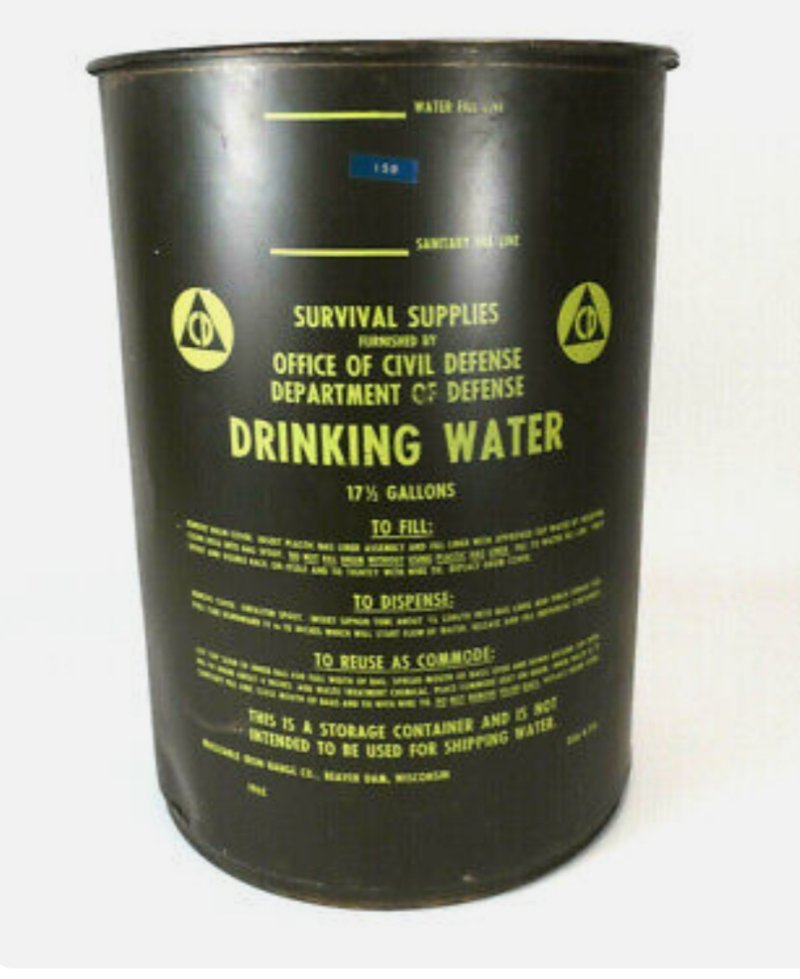A used law enforcement " bulletproof vest " is affordable, and currently unregulated if the buyer is a law-abuding citizen.
A used, or even "like new, unissued, old stock" military PASGT vest ( flak vest or flak jacket ) can be bought for $50 -$100. Although intended to protect against shrapnel from grenades and exploding artillery shells, numerous tests have shown them to stop pistol bullets also (but not any bottle-necked rifle rounds).
A common objection to anybody considering purchasing used soft body armor is that it is, or will soon be, expired. All Kevlar / aramid fiber vests come with a five year expiration date from the date of manufacture. it is sad that this is based on age and not necessarily amount of use because the expiration date remains in effect even for vests that were worn little or not at all and then stored away under climate-controlled conditions away from UV radiation (sunlight).
I recently "Upgraded" my personal bullet-resistant vest. I've grown fatter over the decades, and I stopped using my Point Blank body armor, Class IIA, size Large, from the late 1980s. My new vest is from the late 1990s, is size XXL, and tested to NIJ class II standards, and will probably "stop" any handgun caliber, although the Backface Deformation or "backface signature" from something like a 44 magnum could be very injurious to the wearer.
So, my old vest got another round of ballistic testing, last week.
PRIOR TESTING:I have tested it before, when I stopped using it regularly and just put it away. When it was 10 years old I pulled it out of the gun safe and shot it a couple times. It stopped everything it was supposed to stop and even more! That Level IIA vest, 10 years old, stopped a .22lr Stinger round at 1500+ f.p.s., a .45 acp 230 grain FMJ from a 5" bbl, and a .357 mag soft-point deer hunting load from an 8" bbl revolver.
(more in a minute... see post below)...







